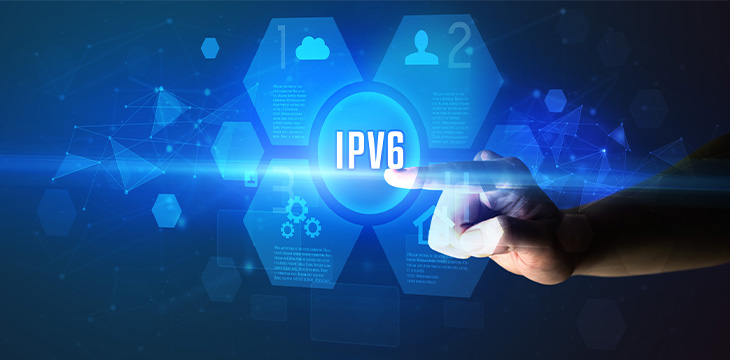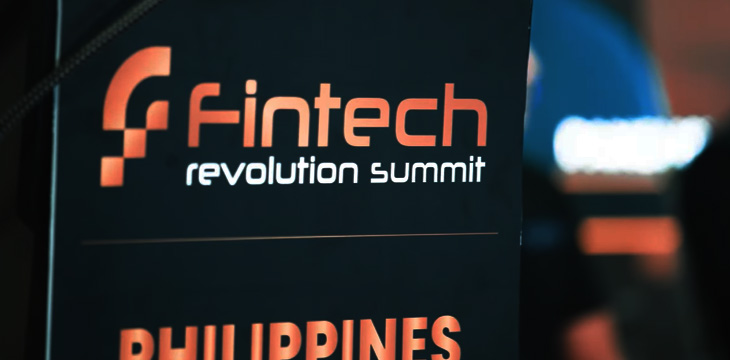|
Getting your Trinity Audio player ready...
|
nChain researcher Jack Davies attended an ETSI webinar titled “IPv6 Enhanced Innovation – Major Industry Scenarios,” where he talked about IPv6-based blockchain technology and how IPv6 can help unlock additional functionality.
Jack Davies talks about IPv6-based blockchain technology
Davies, a senior researcher at nChain, has been helping craft a group report on IPv6 and blockchain technology. It looks at the overlaps between blockchain and IPv6, how the two technologies might support each other, and what infrastructure is needed to support the scalability of blockchain.
Back to the beginning of blockchain
Davies begins by going back to the beginning of blockchain and the history of payments. He notes that blockchain is based on the idea of peer-to-peer payments first popularized by Bitcoin. He reminds us that Bitcoin was branded a peer-to-peer electronic cash system and is the foundation of the entire blockchain industry as we know it today.
Davies points out that the ability to transact IP-to-IP was part of the original Bitcoin. Therefore, the ability to exchange and communicate directly between people and devices has “always been baked in.” However, he notes that it wasn’t always secure to transact this way back then, with threats like man-in-the-middle attacks still a reality. This threat, among other things, led to the depreciation of this feature in Bitcoin.
Simplified Payment Verification
Davies then explains Simplified Payment Verification (SPV). He says that the idea here is to allow users to transact with each other without having the burden of running the network.
Delving deeper, he explains how transactions are rolled up into a Merkle tree in Bitcoin, the Merkle root is included in the block header, and then the chain of block headers from the blockchain itself. This design ensures that users can keep a copy of the longest Proof-of-Work chain and verify the transactions they care about without having to verify everyone else’s transactions.
“SPV is a core aspect of the peer-to-peer nature of Bitcoin,” he explains.
Where does IPv6 come in? When the information about the transaction needs to be communicated between peers. It can allow any human or device to communicate directly and interact.
“IPv6 can support implementing this SPV framework in practice,” he says.
Re-enabling peer-to-peer payments
Davies outlines how, thanks to advancements like DNSSEC and TLS, Bitcoin is no longer as susceptible to things like man-in-the-middle attacks. This allows us to enable IP-to-IP payments safely.
In more detail, Davies outlines how DNSSEC can help us authenticate that we’re talking to the right person when we request things like payment public keys. For example, this can allow us to verify that the public key we’ve received is the correct one. Once we’ve confirmed it, we can then send a blockchain transaction.
IPv6 can unlock enhanced functionality
Davies explains that this is all compatible with IPv4 and IPv6, but the latter can provide additional functionality with cryptographically generated addresses (CGA). For example, he says that IPv6 addresses can be dual-purpose, being derived from an asymmetric key pair that can also be used for blockchain payment keys.
“Now we have a single key pair that can be used to authenticate my IPv6 address and can also be used to facilitate payments to and from that address,” he says.
Davies says that through researching this, nChain discovered that IPv6 and CGA allow both interactive and non-interactive payments. It also allows us to use either IPv6 addresses or domains to establish IPv6-based blockchain addresses.
As an example of a non-interactive payment, Davies says that we can take the public key used to generate the IPv6 address and add some message relevant to a payment, such as an invoice. This creates a one-time-use IP-based public key which we can then use as a Bitcoin address to send funds to the recipient.
Looking at the domain-based version, Davies says we can use the extension fields in a CGA IPv6 address to include a domain in the parameters that generate the address. When someone generates a payment key, this could be tied to a domain that can be included in the on-chain payload of the transaction.
Davies wraps up by explaining some potential applications of this. He begins by outlining how on-chain email could work before looking at machine-to-machine payments on the Internet of Things.
Watch: The BSV Global Blockchain Convention presentation, LiteClient: Scaling Blockchain with Simplified Payment Verification
https://www.youtube.com/watch?v=-j9Kvvm2xxc

 12-23-2025
12-23-2025 




